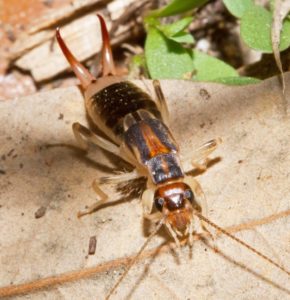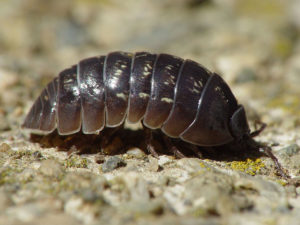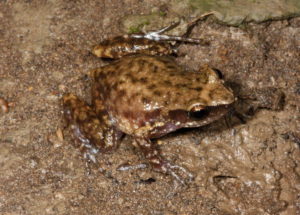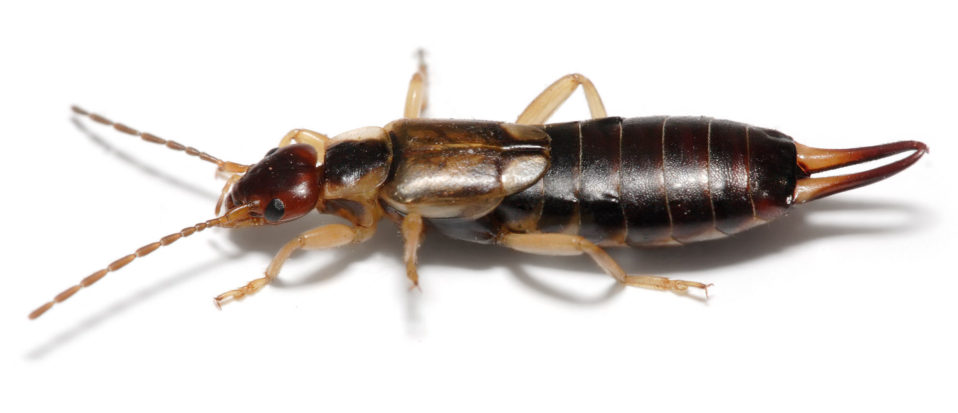Wildlife Wednesday: Life Under a Log
One of the most popular activities we do with kids (and adults), in classes and on nature hikes, at the Nature Center is rolling over logs and rocks to see what creatures may dwell underneath. This week, we thought we’d have a closer look at 3 of the creatures we encounter out in the park and under logs, and consequently, creatures you may see in your own yard and garden.
 Earwigs (order Dermaptera) are very common little insects, but are somewhat misunderstood. The common name comes from an old and common belief that earwigs crawl into people’s ears… this is not the case! Earwigs live in a variety of natural settings, and occasionally wander into our houses. They are nocturnal and omnivorous (feeding on a wide variety of small invertebrates and plant matter). Because of the pincers on the tail end, they are often misidentified as centipedes, which are not insects, and have longer bodies and many more than 6 legs. The pincers are used to seize prey and defend themselves from each other and other small predators.
Earwigs (order Dermaptera) are very common little insects, but are somewhat misunderstood. The common name comes from an old and common belief that earwigs crawl into people’s ears… this is not the case! Earwigs live in a variety of natural settings, and occasionally wander into our houses. They are nocturnal and omnivorous (feeding on a wide variety of small invertebrates and plant matter). Because of the pincers on the tail end, they are often misidentified as centipedes, which are not insects, and have longer bodies and many more than 6 legs. The pincers are used to seize prey and defend themselves from each other and other small predators.
Roly Polys (order Isopoda) also called woodlice, isopods. pill bugs, and sow bugs, are not insects, as some people would suppose, but are in fact terrestrial crustaceans (the group of animals that lobsters and crabs are in). Most species of isopods live in the ocean, but a group of them, that we call roly polys and pill bugs, have adapted nicely to various habitats on the land. These animals are detritivores (feeding on dead plants materials). They lose water easily, and therefore are usually most active at night.

Rio Grande Chirping Frogs (Eleutherodactylus cystignathoides campi) are more commonly heard around Houston, than they are seen. The males of these tiny brown frogs can often be heard emitting their chirp like squeaks on warm summer nights, especially after a rain. These frogs undergo do not need standing water to lay their eggs, and are fine laying them in damp places like flowerpots and under rocks and logs. The tadpoles stay in the egg, and hatch out as full formed tiny froglets. Rio Grande Chirping Frogs are native to Rio Grande Valley of Northern Mexico and far South Texas, and were introduced to the Houston and the Gulf Coast of Texas unintentionally in flower pots brought up from that region.
Well, those are just a few of the small animals we encounter all the time during hikes through the park, turning over rocks and logs. We hope you recognized a few of them from your own yard, and learned something new. Come out to the park some time, and join us on a guided nature hike to look for some of them in person.
Thanks for join us. See you soon!
Eric Duran
Staff Naturalist
photographs: Top earwig – fir0002 | Wikipedia; earwig – InsectsUnlocked | Flickr; Roly Poly by Franco Folini | Wikipedia; Chirping frog by Matthew Niemiller | EOL



